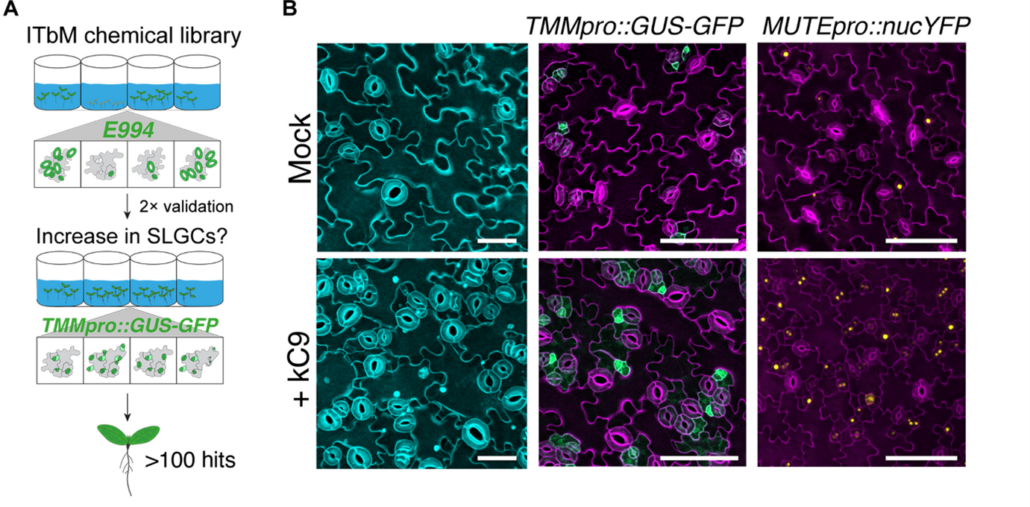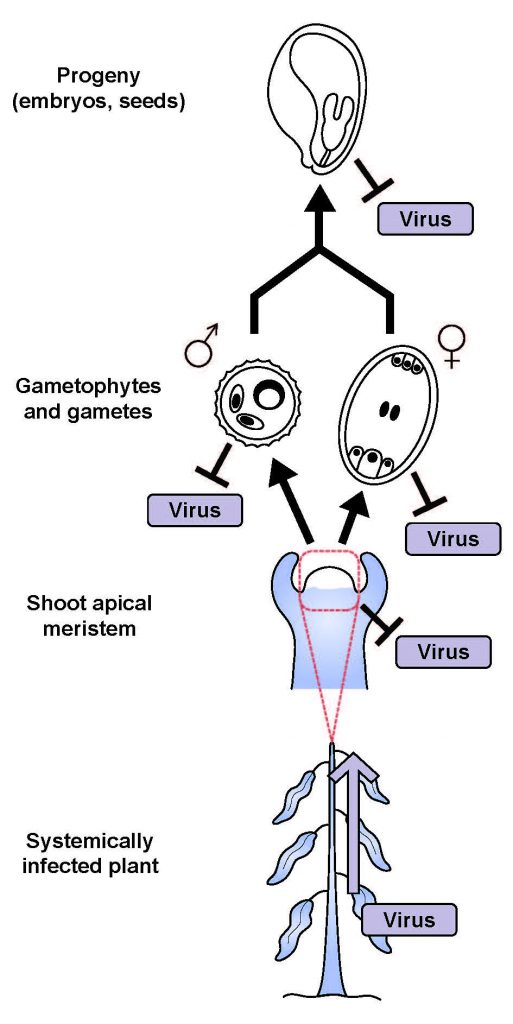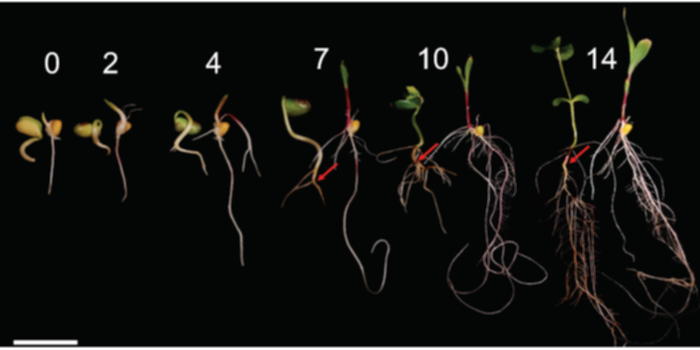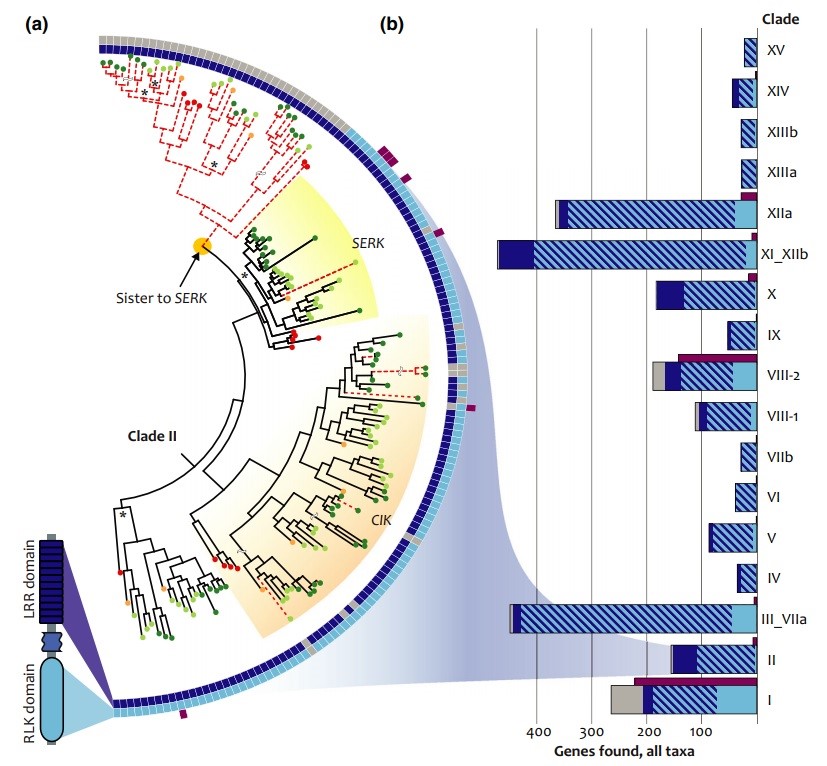
Finding balance: How plants achieve signal specificity in stomatal development and defense
Plant Science Research WeeklyPlants need to develop and grow within their environment whilst defending themselves against potential external threats. There are limited resources for these energy-intensive processes and so cross-talk is common between the signalling pathways to find balance between growth and defence. Hermann et…

Review. Under siege: virus control in plant meristems and progeny (Plant Cell)
Plant Science Research WeeklyPerhaps, when our lives have been turned upside down by a human pathogenic virus, it’s easy to overlook the fact that plants too suffer from viral infections; but of course, they do. (And of course, famously, viruses were first discovered in plants). Although it is difficult to cure a plant of a virus…

An asymptomatic crop holds the clues for healthy roots
The Plant Cell: In a NutshellBaetsen-Young et al. explore the root transcriptomes of soybean and maize plants infected with a fungus.
The Plant Cell
By Amy Baetsen-Young and Brad Day, Michigan State University
Background: Diverged plant species respond to microbial interactions through different processes, the outcome…

Neolignans: treasure shields in seeds
The Plant Cell: In a NutshellKeiko Yonekura-Sakakibara, Masaomi Yamamura et al. identify factors that play essential roles in the biosynthesis of seed-coat protective neolignans. Plant Cell. http://bit.ly/3mseqae
By Keiko Yonekura-Sakakibara and Kazuki Saito,
RIKEN Center for Sustainable Resource Science
Background: Neolignans…

Neolignans: treasure shields in seeds
Blog, Research, The Plant Cell, The Plant Cell: In a NutshellKeiko Yonekura-Sakakibara, Masaomi Yamamura et al. identify factors that play essential roles in the biosynthesis of seed-coat protective neolignans. Plant Cell. http://bit.ly/3mseqae
By Keiko Yonekura-Sakakibara and Kazuki Saito,
RIKEN Center for Sustainable Resource Science
Background: Neolignans…

A chemical elicitor, 4- fluorophenoxyacetic acid suppresses insect pest populations and increases crop yields (PNAS)
Plant Science Research WeeklyPlant strengtheners, synthetic chemical elicitors, have been shown to enhance plant resistance against various insect pests without toxic effects on the environment, but evidence is lacking for a significant increase in crop growth and yield after using these elicitors. To address this, Wang et al. studied…

STRESS INDUCED FACTOR 2 regulates arabidopsis stomatal immunity through phosphorylation of the anion channel SLAC1 ($) (Plant Cell)
Plant Science Research WeeklyPlants detect microbes by pattern recognition receptors (PRRs) that sense common conserved structures called microbe-associated molecular patterns (MAMPs) and trigger the innate immunity responses. Chan et al. identified a new player in the Arabidopsis immune response known as STRESS INDUCED FACTOR 2…

Interplay between phosphorylation and ubiquitination is key for regulating reactive oxygen species during plant immunity (Nature Comms)
Plant Science Research WeeklyReactive oxygen species (ROS) are essential secondary messengers for rapid transmission of local and long-distance signalling in plants. Respiratory oxidase homologs (RBOHs) are the family of enzymes in plants that produce extracellular ROS, with RBOHD being the primary oxidase in Arabidopsis for ROS…

Structural evolution drives diversification of the large LRR-RLK gene family (New Phytol)
Plant Science Research WeeklyLeucine-rich repeat receptor-like kinases (LRR-RLKs) act as signaling receptors, are the largest plant-specific protein kinase family, and are involved in myriad developmental activities and defense systems. Due to the large number of proteins in this group, their diversification and consequent redundancy…

